Conservation
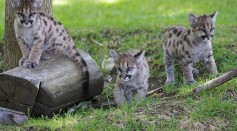
Low Genetic Diversity Is 'Cry for Help' to Conserve California Cougars
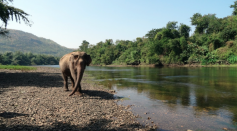
[Graphic Video] Elephant Searching for Food Dies After Electrocuted by a Fence of a Mango Farm in Thailand
Thousands of Endangered Antelope Deaths Have Scientists Investigating a Serious Concern
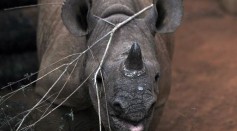
Hunter Pays $350,000 for the Opportunity to Kill Endangered Black Rhino, And He's A Conservationist
The Energy for a New Crawl—Galápagos Tortoises Feast on Invasive Plants for a New Foraging Technique
Project Aimed at Restoring the Everglades Far Behind Schedule
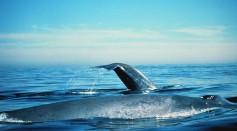
Giant Sea Animals Are Not So Giant After All
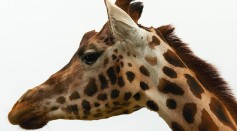
Endangered Subspecies of Giraffe Born in Chester Zoo, Raising Hope For The Future of The Species
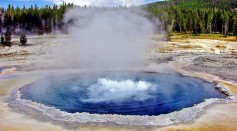
Yellowstone's Thermal Springs - Pollution and Their Unique Coloration
Most Popular

Pharaoh's Curse Unlocked? Scientists Claim To Have Cracked the Mystery of What Killed Over 20 People Who Opened the Tomb of King Tut in 1922

Why Do People Sigh? Here's What These Deep Breaths Do to the Body and What They Could Mean

Earth's Magnetic Field Nearly Collapsed 600 Million Years Ago, Sparking Evolution of More Complex Life

Cosmic Monsters Create Intersections That Lead To Stellar-Mass Black Holes Collisions

!['Cosmic Glitch' in Einstein's Theory of General Relativity Could Be Explained in This New Scientific Tweak [Study]](https://1721181113.rsc.cdn77.org/data/thumbs/full/53435/258/146/50/40/cosmic-glitch-in-einsteins-theory-of-general-relativity-could-be-explained-in-this-new-scientific-tweak-study.jpeg)



